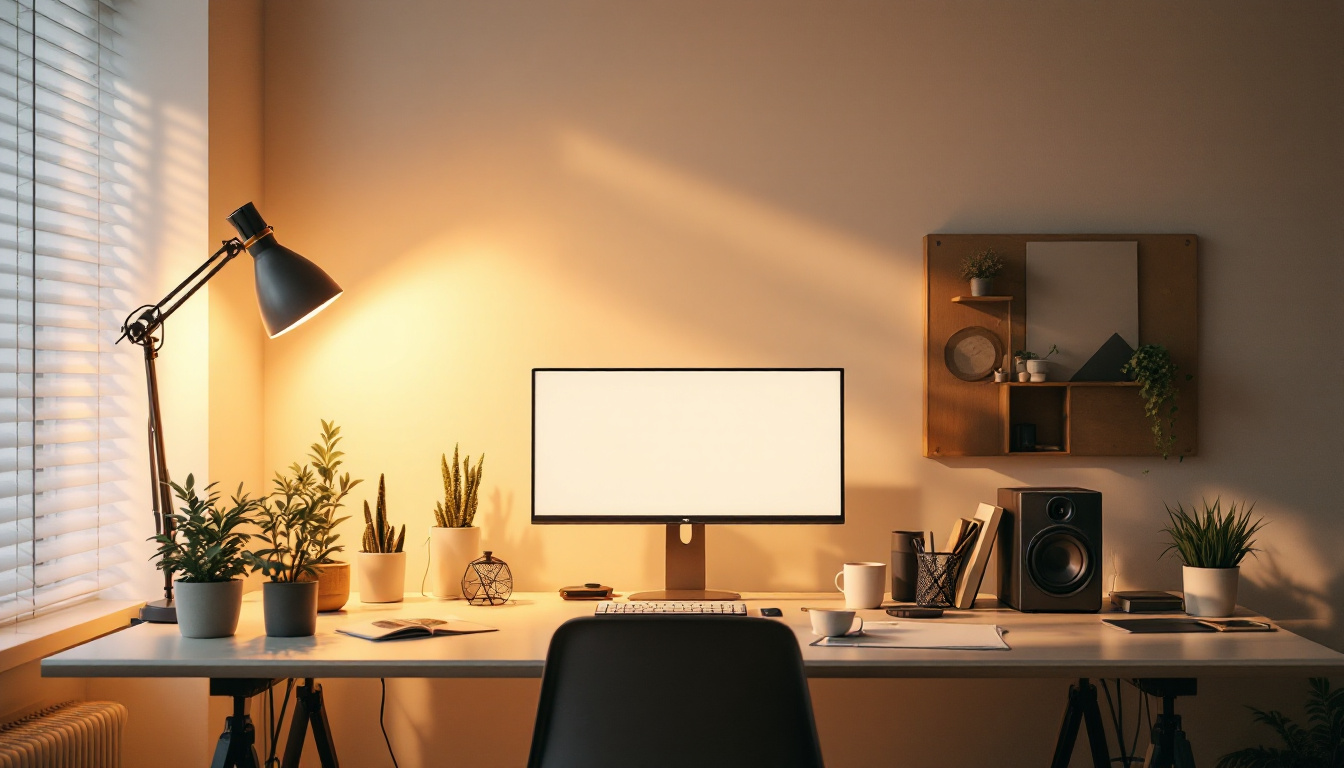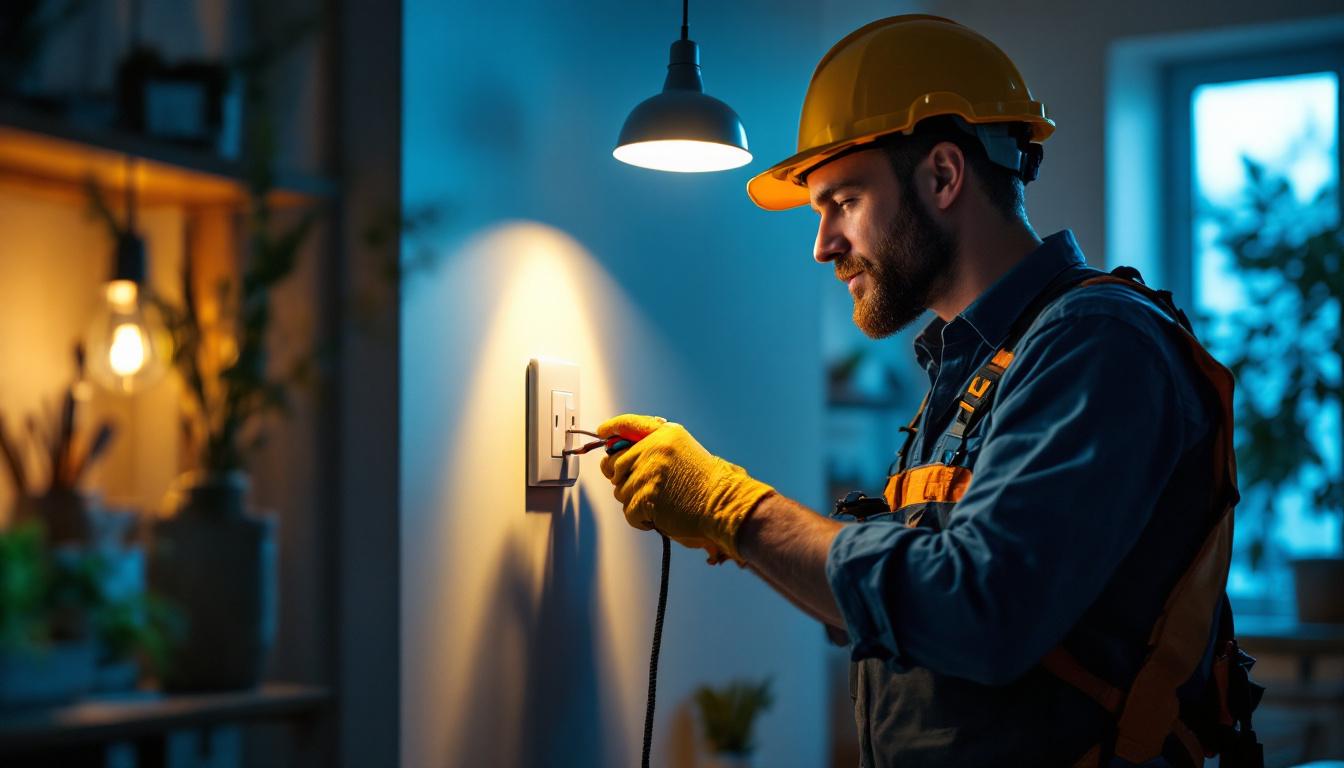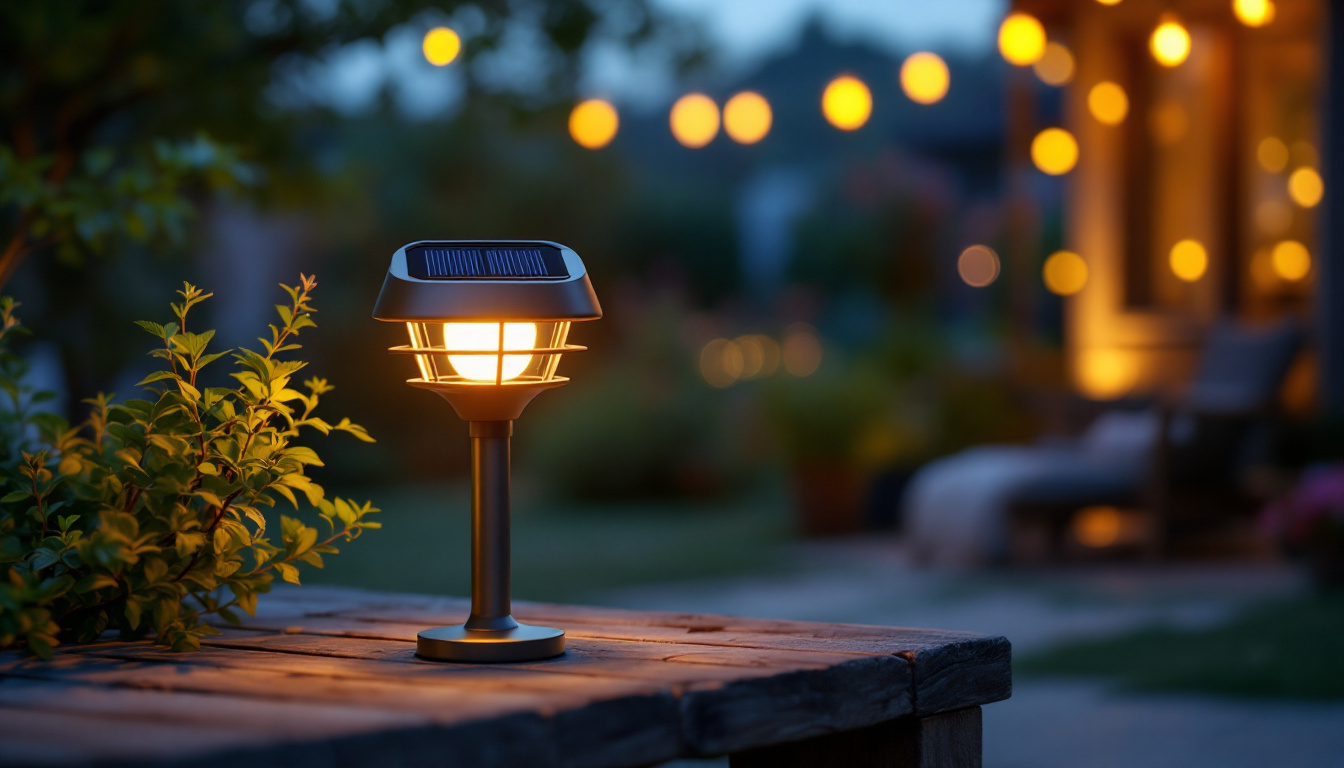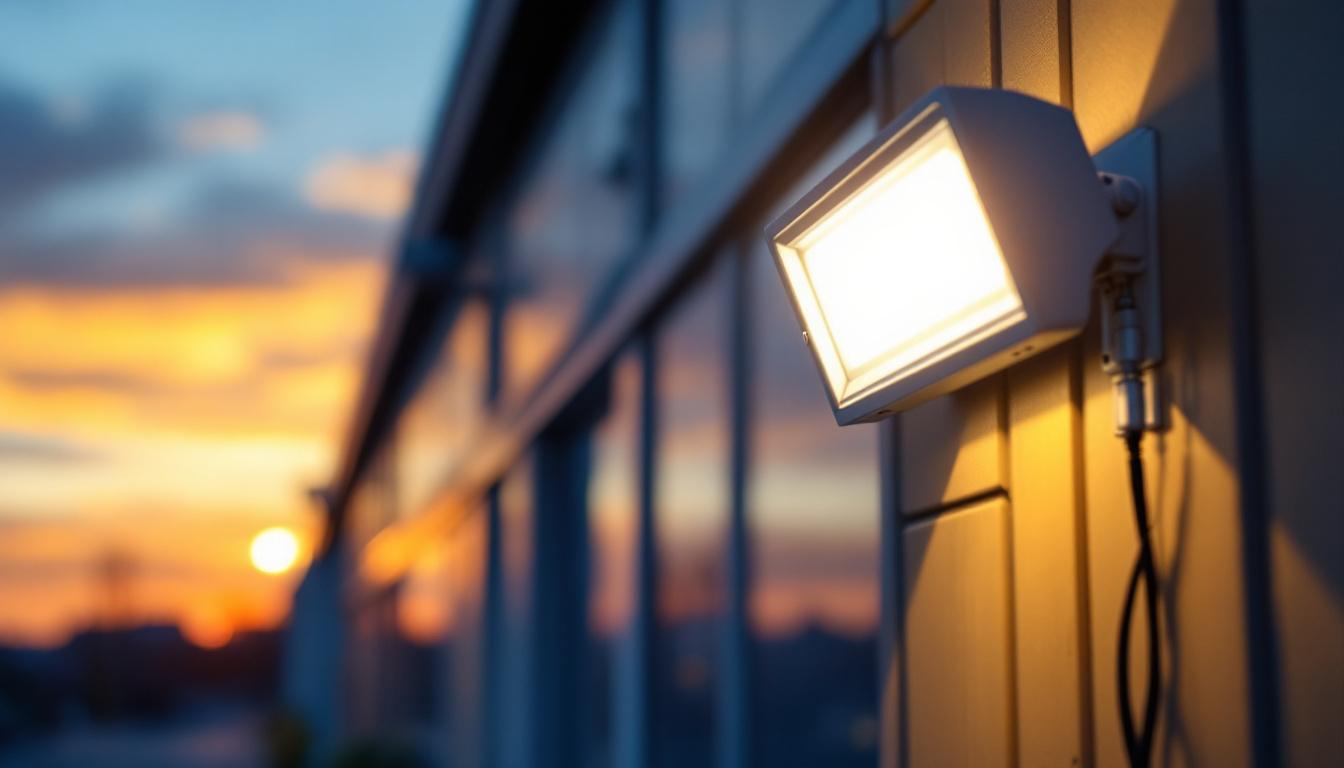
In today’s digital age, where many tasks are performed on computers, the importance of proper lighting cannot be overstated. Lighting contractors play a crucial role in creating environments that not only enhance productivity but also promote eye health. This article delves into essential tips and considerations for lighting contractors to ensure that desktop lighting is beneficial for users’ eyes.
Proper lighting is vital for any workspace, particularly for those who spend extended periods in front of a computer screen. Inadequate lighting can lead to a range of issues, including eye strain, headaches, and decreased productivity. Therefore, understanding the nuances of lighting design is essential for lighting contractors aiming to create eye-friendly environments.
Eye strain, or digital eye strain, is a common condition that affects many individuals who work on computers. Symptoms can include dryness, irritation, blurred vision, and headaches. Lighting contractors must recognize the factors contributing to eye strain, such as glare, insufficient light levels, and poor color temperature.
To mitigate these issues, it is crucial to provide lighting solutions that reduce glare and create a comfortable visual environment. This can be achieved through the careful selection of fixtures, placement, and the use of diffusers or shades to soften harsh light. Additionally, incorporating adjustable lighting options allows individuals to tailor their workspace to their specific needs, promoting a more personalized and comfortable working atmosphere.
The color temperature of lighting plays a significant role in how it affects the eyes. Measured in Kelvin (K), color temperature can range from warm (below 3000K) to cool (above 5000K). Warmer light tends to be more relaxing, while cooler light can enhance alertness and focus.
For desktop environments, a color temperature between 4000K and 5000K is often recommended. This range provides a balanced light that is neither too harsh nor too soft, helping to reduce eye strain while maintaining productivity. Lighting contractors should consider the specific tasks being performed when selecting the appropriate color temperature. Moreover, integrating smart lighting technology can further enhance the workspace by allowing users to adjust the color temperature throughout the day, mimicking natural daylight patterns and supporting circadian rhythms. This not only aids in reducing fatigue but also promotes overall well-being in the workplace.
Creating a workspace that promotes eye health involves more than just selecting the right fixtures. It requires a holistic approach to lighting design, taking into account the layout, the type of work being done, and the preferences of the users.
A layered lighting approach combines ambient, task, and accent lighting to create a well-balanced environment. Ambient lighting provides overall illumination, while task lighting focuses on specific areas where detailed work is performed, such as desks or workstations.
Incorporating adjustable task lighting can further enhance the workspace, allowing users to customize the light levels according to their needs. This flexibility is particularly beneficial for individuals who may have varying preferences or who work on different tasks throughout the day. For example, a designer might require brighter light for intricate drawing tasks, while a writer may prefer a softer glow for reading and typing. Furthermore, integrating smart lighting solutions that can automatically adjust brightness based on the time of day or the amount of natural light available can significantly improve comfort and productivity.
Glare and reflections from screens can significantly contribute to eye strain. Lighting contractors should consider the placement of light fixtures and the use of indirect lighting techniques to minimize these issues. For instance, positioning lights to avoid direct line-of-sight with screens can help reduce glare.
Additionally, using matte finishes on walls and surfaces can help diffuse light and reduce reflections. Incorporating adjustable blinds or shades can also provide users with control over natural light, allowing them to create an optimal lighting environment throughout the day. Beyond these measures, the use of anti-glare screen protectors on monitors can further mitigate eye strain, creating a more comfortable viewing experience. It’s also worth considering the color temperature of the lighting; warmer tones can create a more inviting atmosphere while cooler tones can enhance focus and alertness, making it essential to choose the right hue based on the specific tasks at hand.
The selection of light fixtures is a critical aspect of creating a desktop environment that is good for the eyes. Different types of fixtures can have varying effects on visual comfort and productivity. The right lighting not only enhances the aesthetic appeal of a workspace but also plays a significant role in reducing eye strain and fatigue, which can lead to increased efficiency and overall well-being.
LED lighting has become increasingly popular in recent years due to its energy efficiency and longevity. Unlike fluorescent lights, which can flicker and produce harsh light, LEDs provide a more stable and comfortable lighting experience. They also offer a range of color temperatures and dimming options, making them versatile for various applications. Furthermore, LEDs emit less heat compared to their fluorescent counterparts, contributing to a more comfortable work environment, especially in spaces where multiple fixtures are used.
When selecting fixtures, lighting contractors should consider the specific needs of the workspace. For instance, in a creative environment where color accuracy is essential, high-CRI (Color Rendering Index) LED lights can help ensure that colors appear true to life. Additionally, the placement of fixtures should be strategically planned to minimize shadows and glare, which can distract and hinder productivity. By conducting a thorough assessment of the workspace, contractors can tailor their lighting solutions to meet the unique demands of each area, ensuring that every employee has the optimal conditions for focus and creativity.
Smart lighting technology offers innovative solutions for enhancing workspace lighting. With the ability to control brightness and color temperature through apps or voice commands, users can easily adjust their lighting to suit their preferences and tasks. This adaptability is particularly beneficial in multi-functional spaces where different activities may require varying lighting conditions, from bright, focused light for detailed work to softer, ambient lighting for collaborative discussions.
Integrating smart lighting systems can also promote energy efficiency, as lights can be programmed to turn off when not in use or adjust based on the time of day. Moreover, many smart lighting solutions come equipped with sensors that detect occupancy, ensuring that lights are only activated when needed. Lighting contractors should stay informed about the latest smart lighting technologies to provide clients with cutting-edge solutions. The integration of smart lighting not only enhances the user experience but also contributes to sustainable practices, aligning with the growing emphasis on environmental responsibility in modern workplaces. By leveraging these advanced technologies, businesses can create dynamic environments that adapt to the needs of their employees while minimizing energy consumption and costs.
Natural light is one of the most beneficial forms of lighting for eye health. It not only helps regulate circadian rhythms but also reduces eye strain associated with artificial lighting. Lighting contractors should strive to incorporate natural light into their designs wherever possible.
When designing workspaces, consider the orientation of windows and the layout of the room to maximize daylight exposure. Positioning desks near windows allows employees to benefit from natural light while working. However, it is essential to balance this with the need to control glare and heat.
Using sheer curtains or blinds can help diffuse natural light, creating a pleasant atmosphere without overwhelming brightness. Additionally, reflective surfaces can be strategically placed to enhance the distribution of natural light throughout the space.
Incorporating views of the outdoors can significantly enhance the well-being of individuals working in an office environment. Studies have shown that access to natural views can reduce stress and increase productivity. Lighting contractors should consider how to create visual connections with the outside world through window placement and design.
As experts in the field, lighting contractors have a responsibility to educate their clients about the importance of proper lighting for eye health. Providing guidance on the selection of fixtures, color temperature, and lighting layouts can empower clients to make informed decisions.
Conducting a lighting audit can help identify potential issues in existing workspaces. By assessing the current lighting conditions, contractors can recommend improvements that enhance visual comfort and productivity. This proactive approach not only demonstrates expertise but also builds trust with clients.
During an audit, consider factors such as light levels, glare, and the overall ambiance of the workspace. Providing a detailed report with recommendations can help clients understand the value of investing in quality lighting solutions.
The lighting industry is constantly evolving, with new technologies and design trends emerging regularly. Lighting contractors should stay informed about the latest developments to provide clients with the best possible solutions. Attending trade shows, workshops, and webinars can be valuable for gaining insights into innovative lighting products and techniques.
Networking with other professionals in the field can also foster collaboration and knowledge sharing, ultimately benefiting clients and enhancing the contractor’s expertise.
Creating eye-friendly desktop environments is a critical responsibility for lighting contractors. By understanding the importance of proper lighting, designing well-balanced workspaces, selecting appropriate fixtures, and incorporating natural light, contractors can significantly enhance the well-being and productivity of their clients.
Educating clients about lighting choices and staying updated on industry trends further strengthens the contractor’s role as a trusted advisor. Ultimately, the goal is to create spaces that not only meet functional needs but also promote eye health and comfort for all users.
Ready to elevate your lighting projects while prioritizing eye comfort and productivity? At LumenWholesale, we provide lighting contractors with exceptional, spec-grade lighting products at unbeatable wholesale prices. Say goodbye to local distributor markups and hello to our premium selection that meets rigorous industry standards. With free shipping on bulk orders, you can trust that you’re getting the best value without any hidden costs. Enhance your lighting designs today and experience the perfect blend of quality, affordability, and convenience. Visit LumenWholesale for Wholesale Lighting at the Best Value.

Discover the essential strategies lighting contractors use with light plug covers to enhance safety and aesthetics.

Discover the essential insights lighting contractors need about small solar lamps.

Discover essential insights and practical tips for lighting contractors on selecting and installing Rab LED wall packs.

Discover the timeless charm and modern efficiency of vintage LED lamps in this essential guide for lighting contractors.